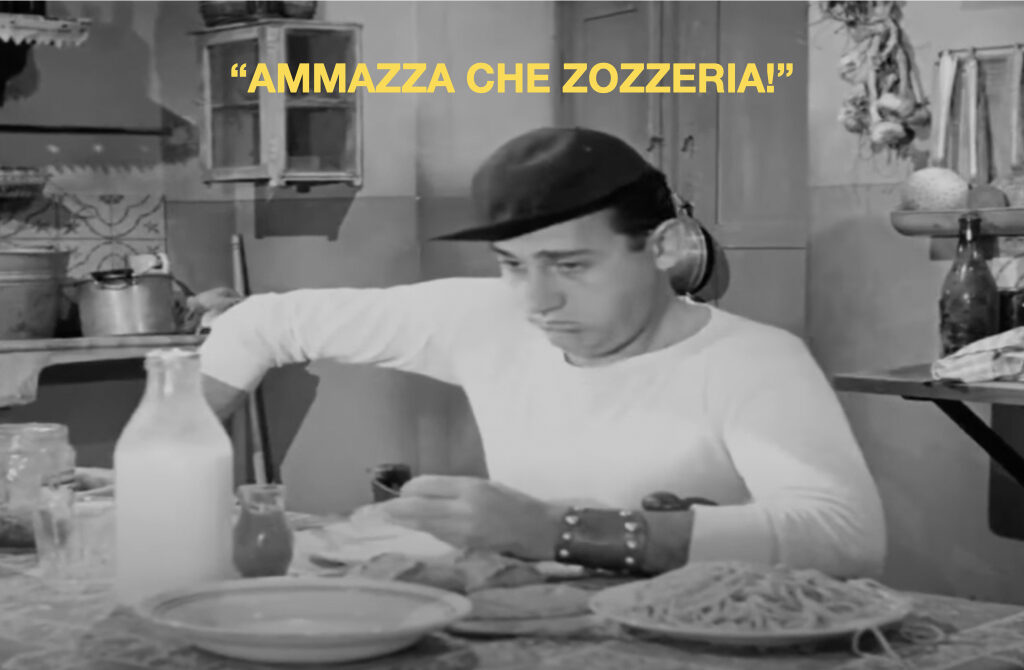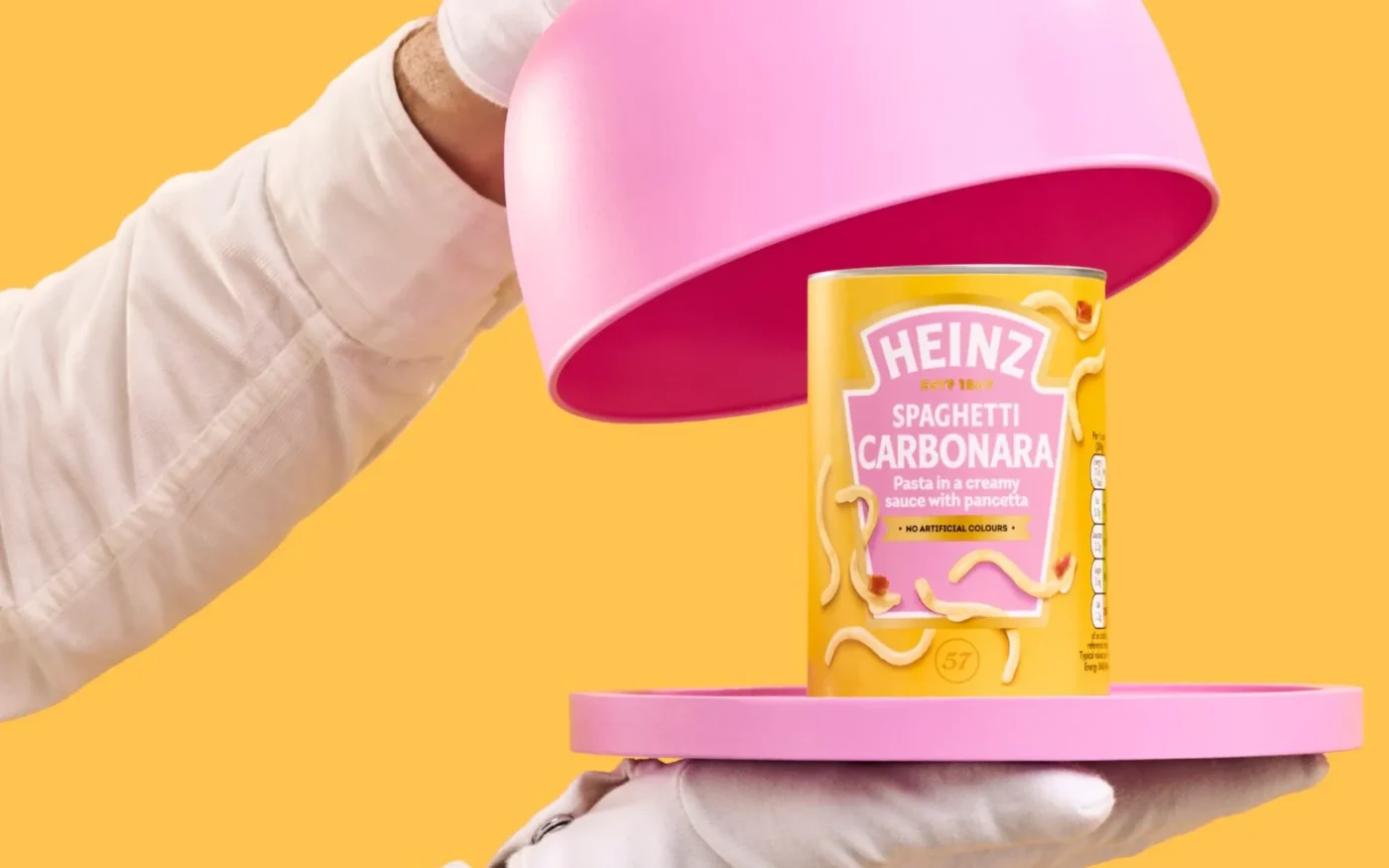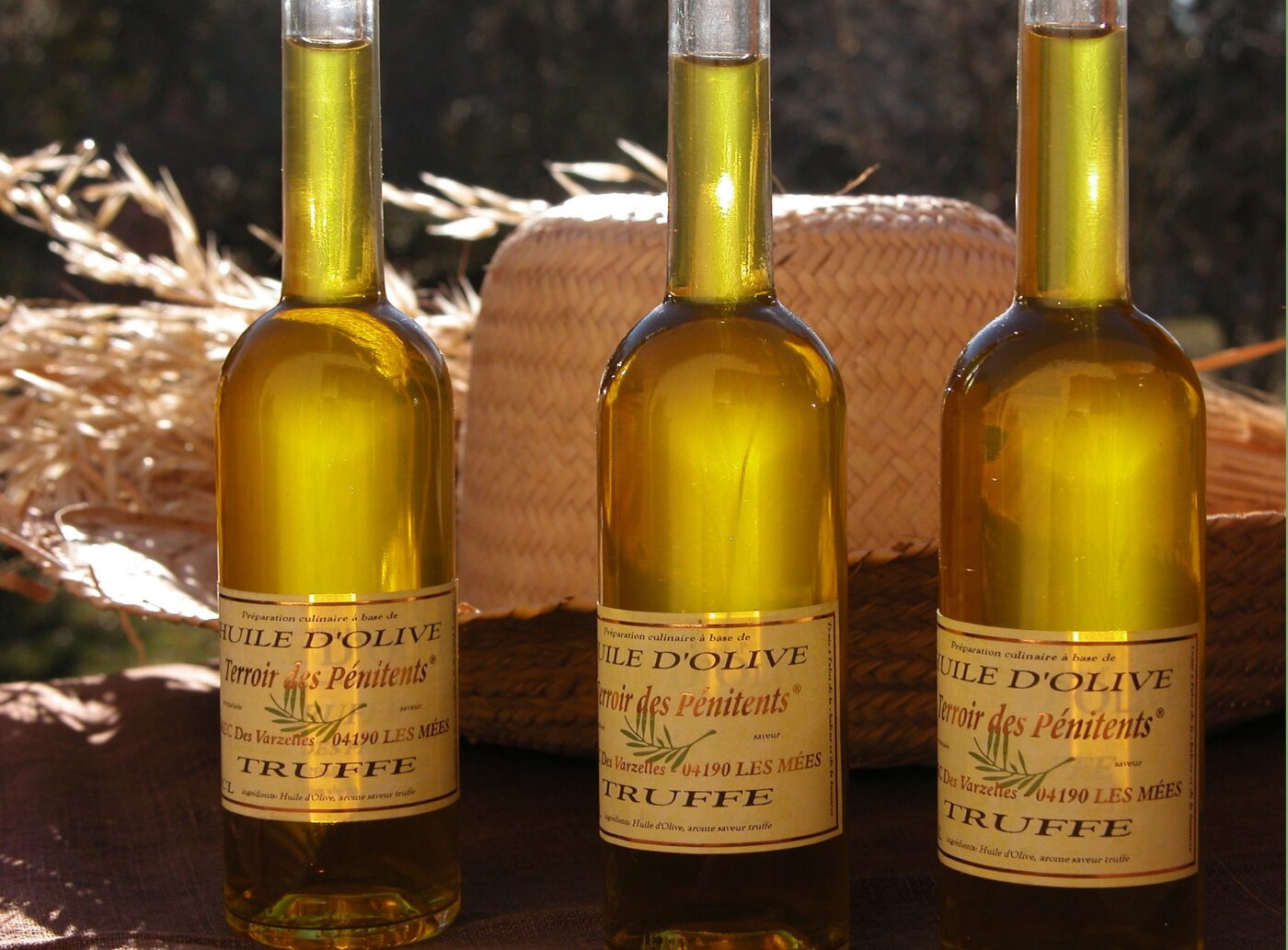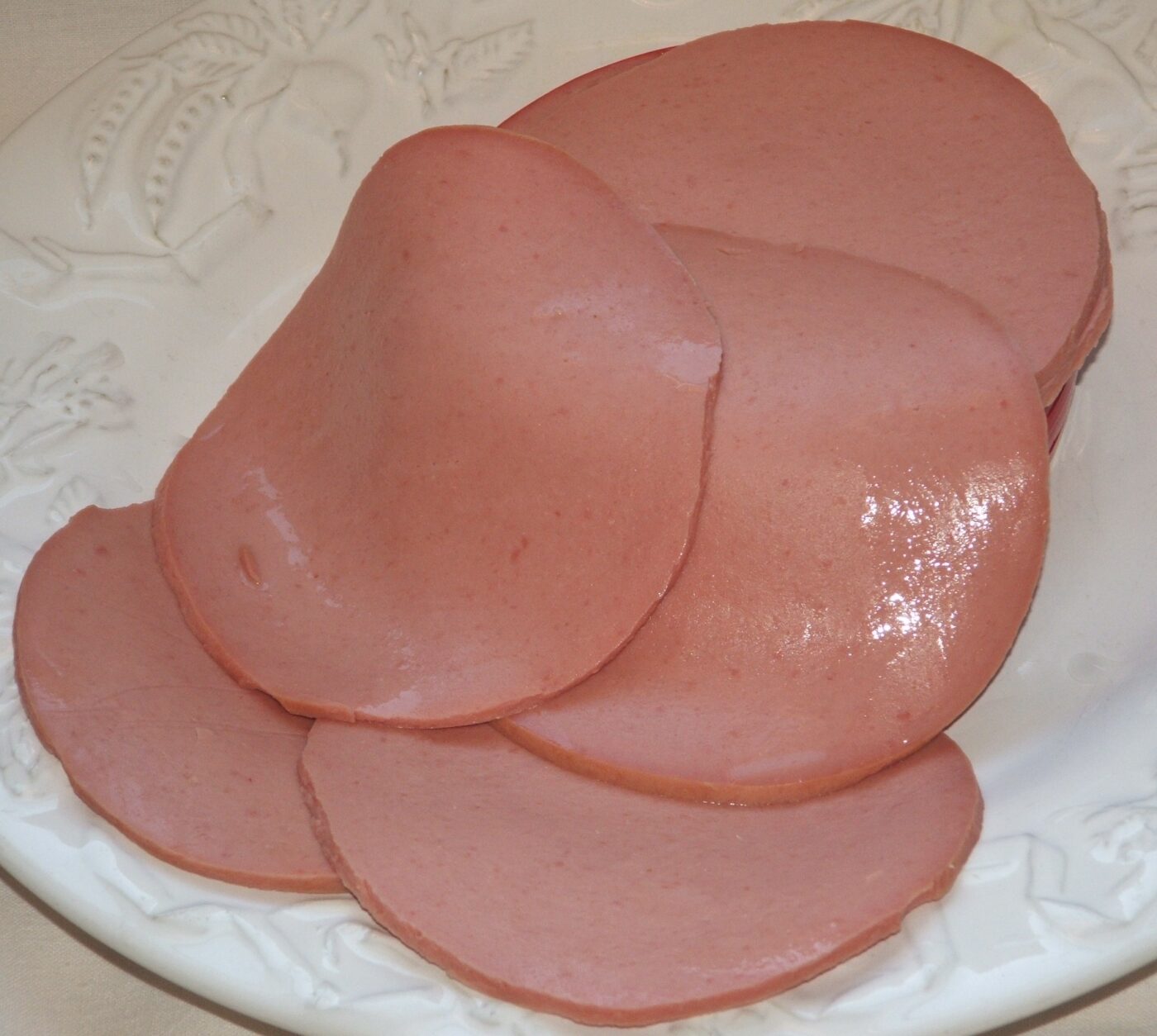We can’t count how many times we’ve seen “Italian” foods overseas that make us cringe. Chef Boyardee “bolognese” sauce, neon yellow limoncello, burrata paired with the likes of wagyu or raw tuna… not to mention an endless array of dishes that no one in Italy would ever recognize. Trying to capitalize on our culinary heritage, these foods butcher it in the process. Though much of what we’re about to list is gobbled up like Olive Garden’s unlimited breadsticks, we don’t condone these so-called “Italian” products.
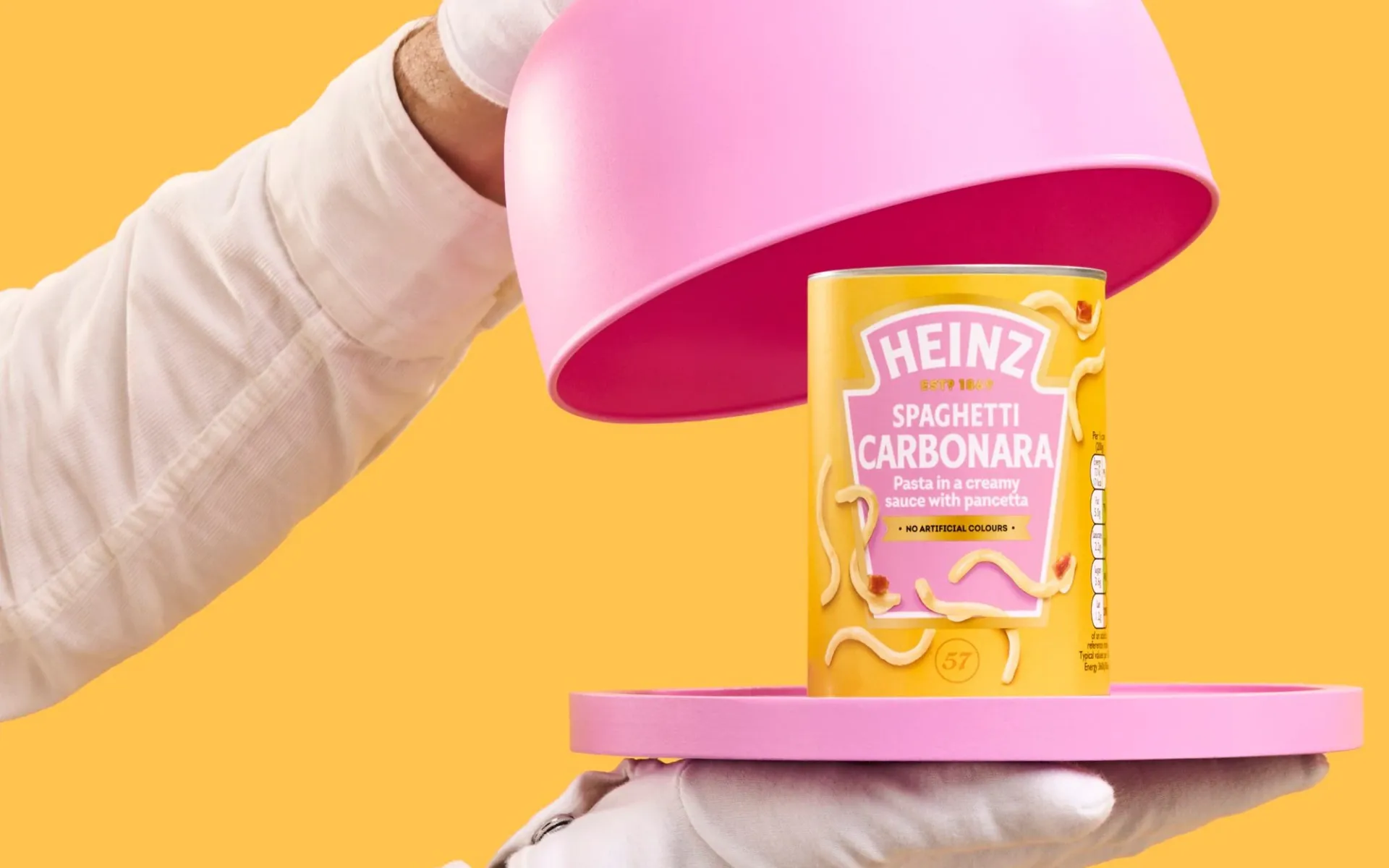
Heinz Carbonara
Yes, you read that right. The American company Heinz, purveyor of all things ketchup, mustard, and jarred gravy, has recently debuted their new “Spaghetti Carbonara with pancetta”… and the kicker is it comes in a can. Moving past the horrors that come from canned pasta alone, canned carbonara? It’s a dishonor to the very word to slap it on a premade sauce that’s obviously a far cry from the indulgent, creamy masterpiece found among the trattorias of the Eternal City in color, flavor, texture, and integrity. Three ingredients, and three ingredients only, are what should be in this Roman pasta: eggs, Pecorino Romano, and guanciale. Not pancetta, not cream, not “Skimmed Milk Powder”, and certainly not “Cheese Powder Blend”. We’ve already had to endure blasphemous variations of this dish at restaurants in Italy and abroad that throw in the likes of mushrooms, butter, garlic, or milk, but this just takes it to another level. The company goes so far as to say you can “enjoy the great taste of our pasta on its own or on toast.” ON TOAST?! Madonna–our nonnas are rolling over in their graves.
Their website also suggests you “try the rest of our canned Heinz Pasta range, including Ravioli, Macaroni Cheese, Spaghetti Bolognese or our Spaghetti Hoops!” Please, please, please… don’t.
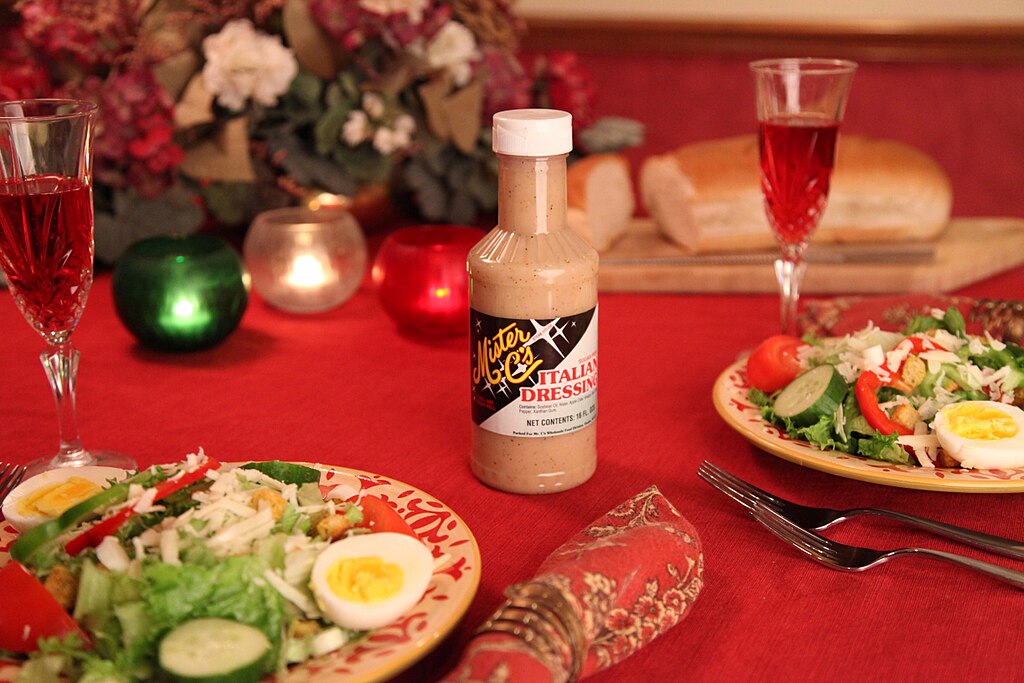
Italian Dressing
If we were actually to call something “Italian dressing”, the olive oil industry would get a rebrand. Olive oil is really the only thing we ever put on our salads–that is, when we’re eating salads at all. Every once in a while, salt, black pepper, lemon and/or red wine or balsamic vinegar can be sprinkled in addition, but we really like our salads oily and plain. “Italian dressing” as it’s produced, packaged, and sold around the world is typically made of some combination of oil, vinegar, lemon juice, parsley, grated cheese, oregano, garlic, mustard, thyme, onion powder, basil, salt, and pepper. The result is something far too complicated, and frankly, it’s just not even that good. Save your money on bottled Italian dressing, and put it towards some high quality Puglian, Sicilian, or Tuscan olive oil instead. When you order a salad abroad, it’ll come drowned in whatever dressing you requested; here, though, you’ll likely have to flag down an ever-avoidant waiter to bring you something to dress your salad with, which ultimately will just be a bottle of olive oil and maybe a salt shaker.
“Italian seasoning” also falls under this umbrella, but we don’t have the heart to investigate what constitutes this mysterious blend of herbs and spices.

Flavored Olive Oil
We know we just waxed on about Italian olive oil, but let us be very clear: we are not talking about flavored olive oils, even if the labels say “Made in Italy”. Lemon, garlic, “Tuscan herb”, blood orange, porcini, basil, and worse, truffle, are just some of these flavors you’ll find on offer locally and abroad, mostly sold here in gift shops alongside colored pasta and Michelangelo’s David magnets. Where you won’t find any of these oils is on an Italian’s shelf–whether at home or in a restaurant. Rather, you’ll find unlabeled jars and cans of peppers, garlic, mushrooms, and herbs sott’olio, stemming from a tradition of preservation that also yields flavored olive oil (drizzle a bit of the oil from your olives, sun dried tomatoes, or artichokes in your next salad, and you’ll see what we mean). But today, more often than not, these flavored oils aren’t even made with real ingredients, using synthetic compounds and chemical additives to impart the flavor rather than the actual thing. They’ll also run you up quite a pretty penny, most common in the case of truffle oil: 9 times out of 10, the oil doesn’t contain real truffle. Beware of labels that lend themselves to an illusion of luxury; the high price is rarely justifiable.
Adding synthetic flavors to olive oil doesn’t enhance it; rather, it drowns out the very essence of the oil at all. And, dear readers, if you want flavored oil, it’s really not that hard to make it at home; just throw some rosemary, pepperoncini, or the like into a bottle of olive oil and let it sit for a month or so. It’s not the concept of flavored oil that we’re against here, but the low-quality, packaged versions–certainly more tourist trap than gastronomic genius.
Olio with peperoncino is often an exception here. There are lots of solid prepackaged bottles, even if they’re not that spicy, and many restaurants and pizzerias have a version (sometimes homemade) on the table with little flakes of peperoncino floating around.
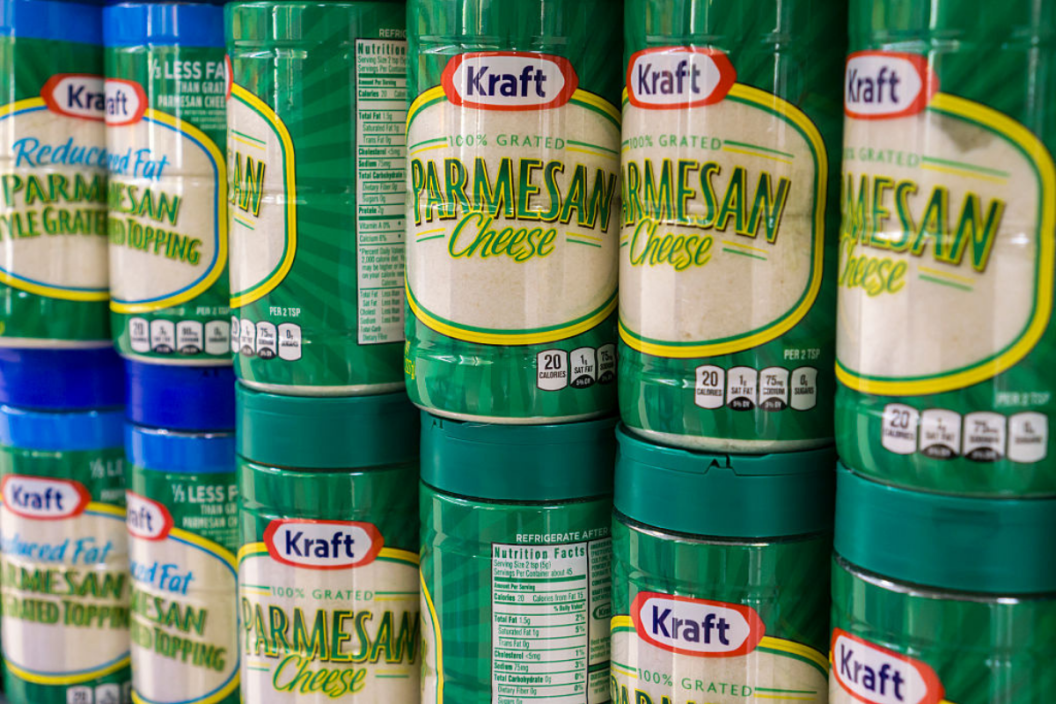
“Parmesan” Cheese
Let’s get one thing straight–not all parmesan is created equal. True parmesan, the only parmesan worth writing about, is Parmigiano Reggiano–a beautifully aged, nutty, and complex DOP cheese that has been meticulously crafted for centuries in Emilia Romagna. This salty wheel is at the same time the most desirable and one of the most counterfeited products in the world, racking up quite the number of lawsuits in countries from the United States and Brazil to Germany and Argentina. The official Parmigiano Reggiano Consortium estimates around $2 billion in sales of fake Parmigiano per year. Inside of the EU and in certain other countries, “parmesan” can legally only be Parmigiano Reggiano DOP; in others, most notably the U.S., the term isn’t regulated and could refer to the true DOP stuff–or to a lower-quality cow’s milk cheese made in a similar style, aged for a measly 10 months rather than 24.
Or, worse, it might refer to that pre-grated stuff in those green shakers, sitting on supermarket (and gas station) shelves for god knows how long, just waiting to ruin a perfectly good dish of pasta. Mass produced in sterile factories, it’s barely even cheese, made of mostly chemical additives and white powdery cellulose, which happens to be an anti-clumping agent made of wood pulp that’s also found in sawdust; it’s practically powdered cardboard. Blegh. If it’s made by Kraft, run.
There’s certainly no association regularly checking and ensuring the quality of each wheel, branding them with the prestigious Parmigiano Reggiano name–and sometimes now even with a microchip. With the real stuff being exported almost around the entire world, it’s worth shelling out a few extra dollars for a true, salty, crumbly taste of Italy. We’re also generally against all forms of the pre-grated stuff. Just buy a block, grab a grater, and do it yourself.
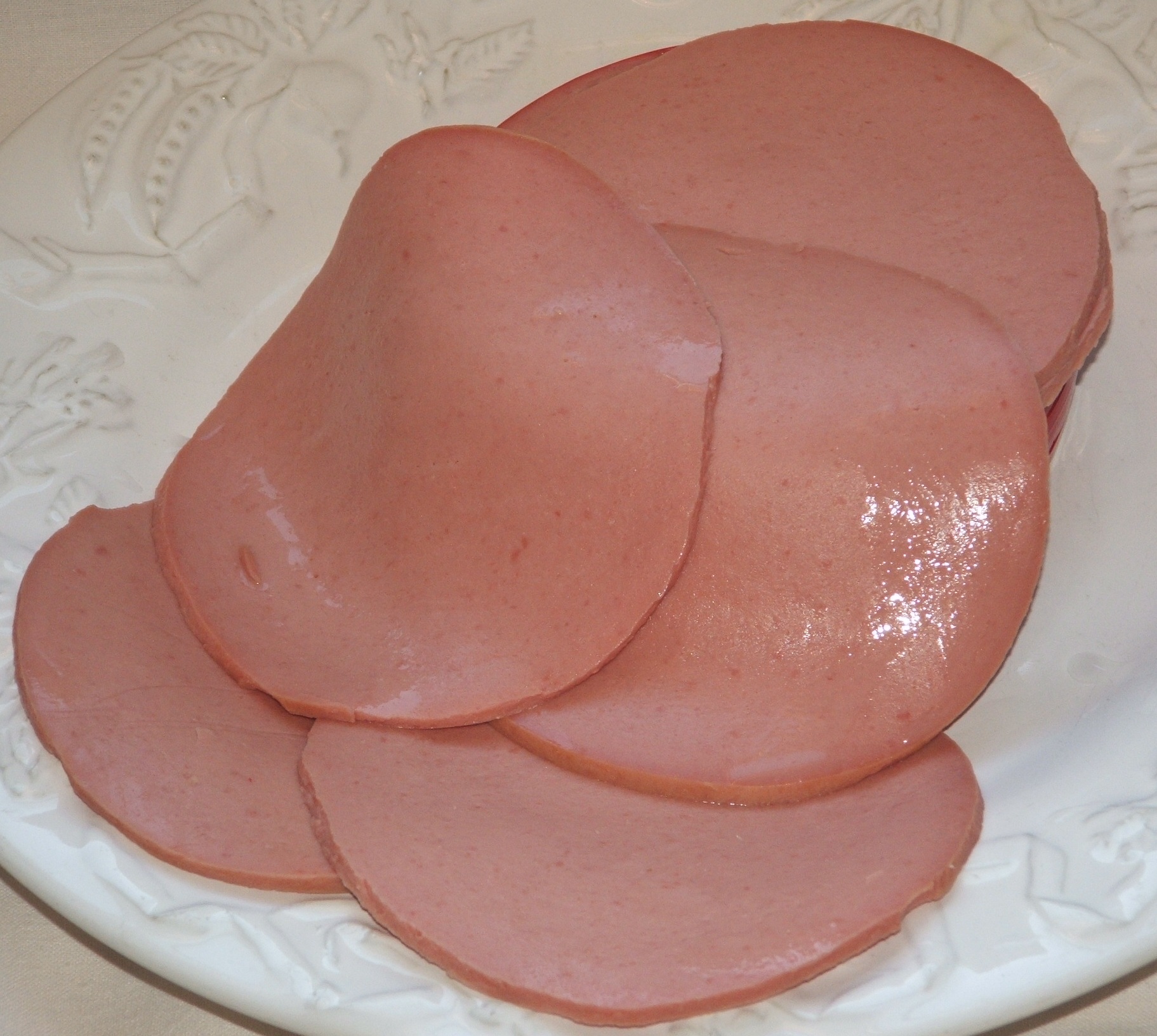
Bologna
Perfectly round, impossibly pink, and entirely uniform, bologna–the kind we’re talking about here is pronounced “baloney”–headlines in plain sandwiches and Oscar Mayer containers across the United States. America’s favorite lunch meat, bologna earns its name from Emilia Romagna’s capital, which is known for its cured meats, most notably mortadella. But while what the city produces is top notch, bologna, frankly, isn’t. More hotdog than cold cut, Bologna’s closest relative is the aforementioned mortadella, though this meat is less neon pink, is sliced thinner, and gets a much-needed texture assist from pistachios. It was Italian immigrants in the U.S. who created the meat, reinventing mortadella to fit more American palettes. And fit it did, for the porky stuff remains quite the diner delicacy and bagged-lunch staple, slapped with some ketchup between two slices of Wonderbread. The name has now evolved into a slang term for something nonsensical or deceptive–as in “that’s a bunch of baloney”. We’re not saying it’s fate, but to us, bologna is certainly a load of baloney in comparison to its predecessor.
